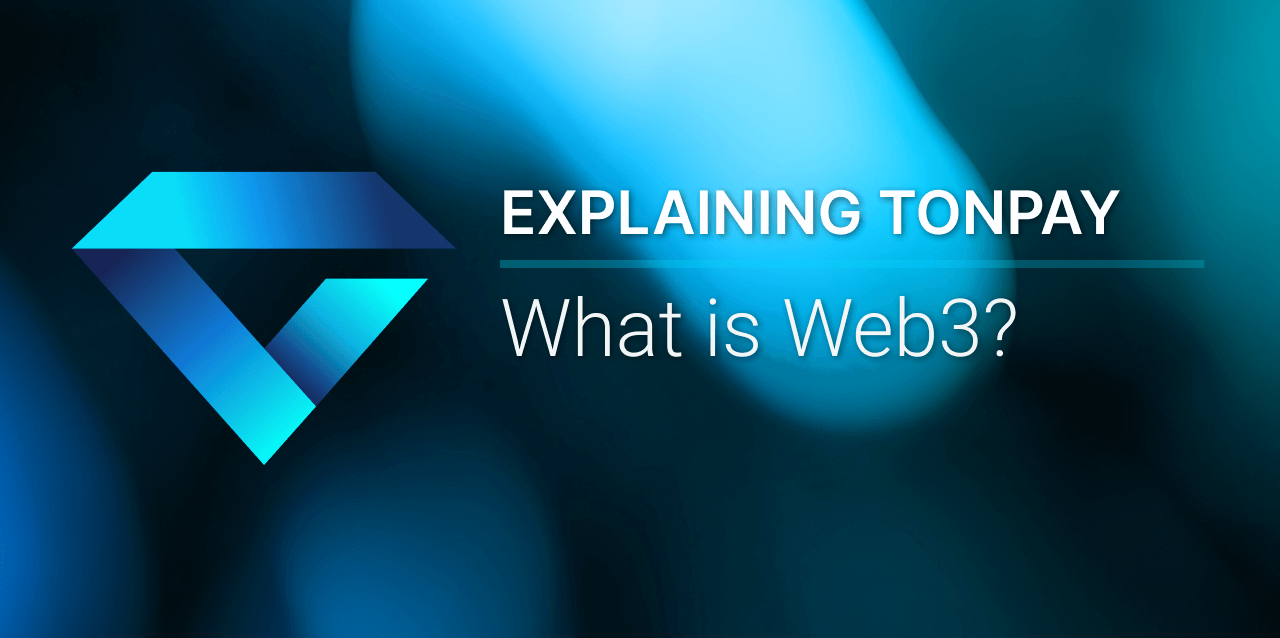Aug 8, 2023, 19:00 UTC
What is Web3?

Web3 or Web 3.0 is a term that corresponds to a third incarnation of the World Wide Web. However, to understand it better, let's go back in time and see what the other two "versions" were about.
The original Web, or Web 1.0 (as we may call it now), that was invented in 1990 was based on the idea of mostly static websites. The sites and their content were produced by their owners, who were often webmasters (web developers) themselves. So, people who wanted to share information with the world either needed to build their own website or had to manually contact some other website authors (probably via E-Mail) to publish their content (not considering the "guestbooks", the idea similar to the modern "comments").
The Web 1.0 period lasted roughly up until 2004 when hundred of millions of static websites were produced. However, the majority of Internet users lacked the necessary skills to create their own websites, so they were only consuming the content published by a much smaller cohort of authors. During this period, webmasters mostly owned their code and content published on private servers or by many hosting providers, and the Internet was largely decentralized.
The Web 2.0 revolution started around 2004 and dramatically shifted the paradigm of static websites and content production. The emergence of blogging platforms, social networks, and video hostings has changed the Internet forever. Thanks to the ease of use of services like Facebook or YouTube and the availability of modern smartphones, people who previously were only consuming the content became the creators themselves. Not only did this lead to the explosion of content production but also to the creation of the vast online economy that made these IT giants the most profitable and capitalized companies in the world. People no longer needed to create their own websites, so these ten or so companies have begun to dominate the entire market. Soon, this caused a super-centralization of the audience and content on just several platforms.
In theory, these centralized platforms could become so powerful that they could start to dictate their own truth and use their influence and technologies to promote specific political agendas while banning and cutting the profits for individuals with another opinion. In extreme cases, this power could even be used to overthrow uncooperative presidents and governments.
All of this created a severe situation for humankind's survival: we genuinely believe that the progression of each individual and our civilization as a whole is based on the freedom of thought, knowledge, and information. Without it, a person won't be able to fulfill their full potential.
The original basic idea of the Internet was decentralization, which became a cornerstone for Web 3.0 and then the Web3 concept. Thanks to cryptography and some very clever people, Blockchain technology was introduced that allowed to shift information ownership from Big Tech companies back to the people. With Blockchain, the content's original author is in complete control of what happens with this information once it's published in the system. No single ruler can control or moderate what happens in the Blockchain. However, due to the block size limitations, the Blockchain is not very suitable for actually storing the user's content. Still, it can establish content ownership, the fact of publication, provide tamper-proof and serve as a catalog, which is a lot.
The first-generation Blockchain system that coined the ideas of the decentralized ledger, Blockchain itself, and the cryptocurrency was Bitcoin back in 2009. It also has a scripting mechanism that became a precursor to modern smart contracts.
The Ethereum Blockchain, created by Vitalik Buterin in 2013, paved the road for the 2nd generation of Blockchain systems with its innovative ideas. It introduced the powerful concepts of a Turing-complete decentralized virtual machine, a rich smart contract ecosystem, and finally, the eco-friendly Proof of Stake (PoS) consensus mechanism. These technologies essentially allowed the emergence of decentralized applications (called DApps) and decentralized governing models like DAOs — the key steps on the road to the Web3.
You've probably already guessed what would be the 3rd generation Blockchain in our list. However, this is the subject of our next post. Please subscribe not to miss it! We're just getting started. And, as always, don't hesitate to ask your questions in the comments section under our posts.
